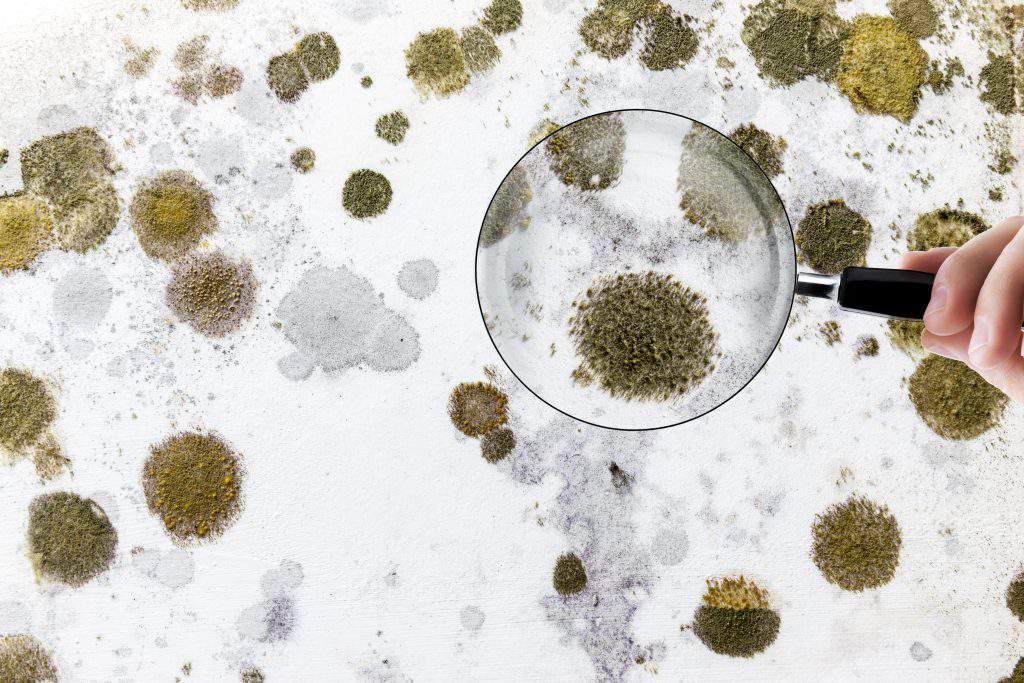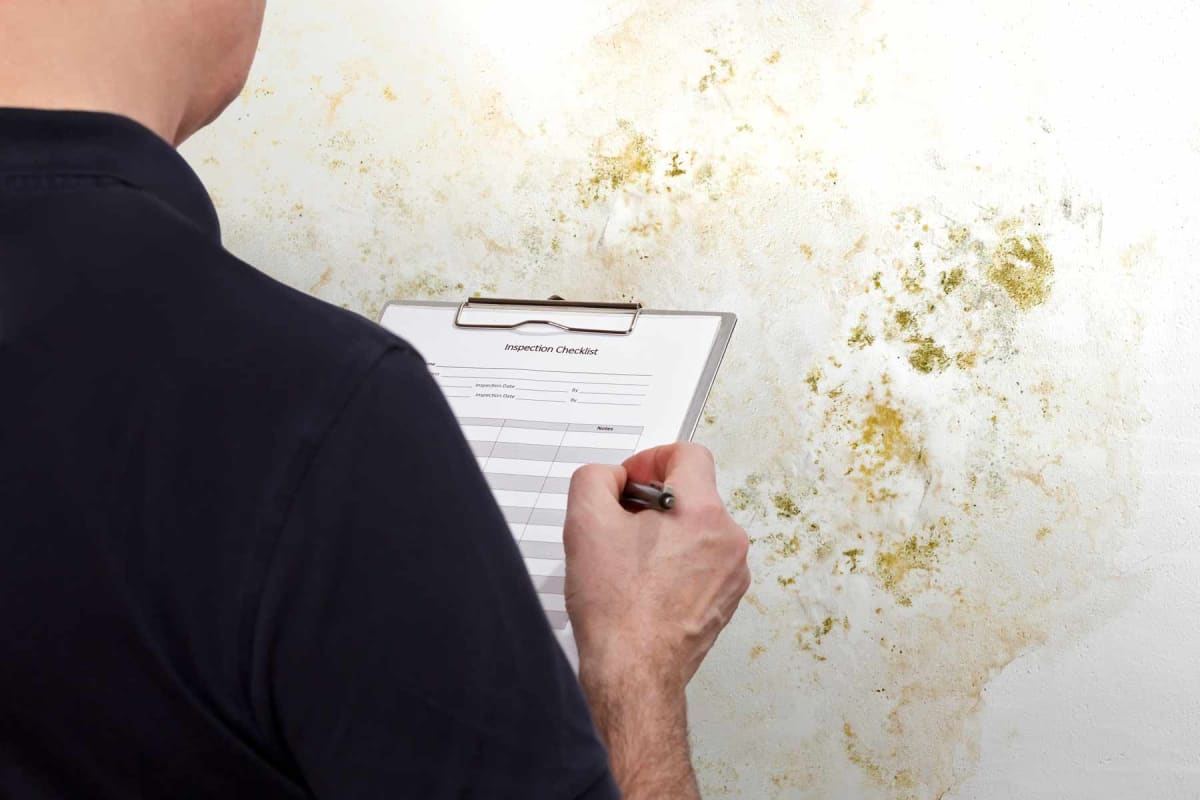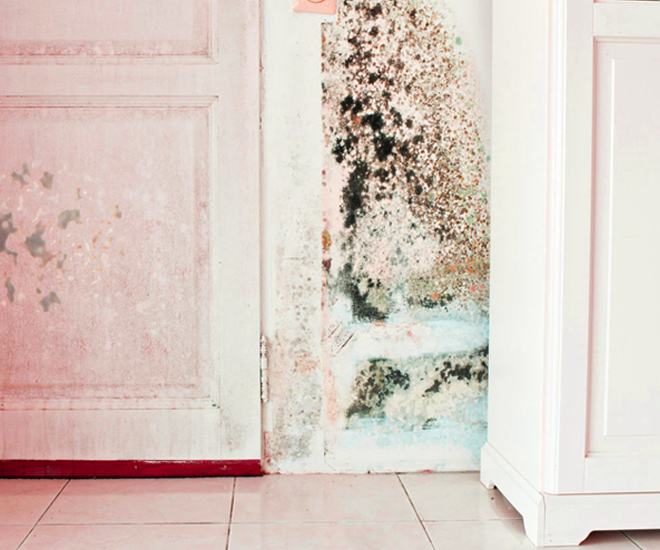After Mold Remediation Methods for Tidy Areas
Wiki Article
Your Ultimate Guide to Post Mold And Mildew Removal Methods
Browsing the world of post-mold removal methods is a careful process that requires attention to information and a thorough understanding of the intricacies involved. In the aftermath of mold infestation, knowing exactly how to successfully remove the mold and avoid its reoccurrence is paramount for maintaining a healthy and balanced indoor setting. From selecting the right cleansing and disinfecting techniques to executing strategies for long-term mold and mildew avoidance, each action in the removal trip plays an important function in making sure a successful outcome. As we start this exploration of post-mold removal methods, we will uncover the key strategies and finest techniques that can assist you restore your area to its pre-mold condition and safeguard it against future mold and mildew dangers.Recognizing Post-Mold Remediation Refine
After completing the mold and mildew remediation process, it is vital to recognize the post-mold removal techniques that are required to make certain a efficient and thorough cleanup. When the mold and mildew has actually been removed, the following action includes cleansing and sanitizing the impacted areas to stop any type of regrowth of mold and mildew.
Furthermore, conducting a final inspection post-remediation is essential to ensure that all mold and mildew has been effectively eliminated. This evaluation should entail a detailed aesthetic check as well as possibly air tasting to validate the absence of mold and mildew spores airborne. Added remediation may be essential if the assessment exposes any kind of sticking around mold. Enlightening residents on precautionary actions such as controlling dampness degrees and immediately attending to any water leakages can assist maintain a mold-free atmosphere.
Efficient Cleansing and Decontaminating Methods

Preventing Future Mold And Mildew Development

Importance of Appropriate Ventilation
Proper air flow plays a critical duty in protecting against moisture build-up, an essential consider mold and mildew growth within interior settings. Effective ventilation systems assist get rid of excess moisture from the air, decreasing the possibilities of mold and mildew spores locating the wetness they need to germinate and spread out. Without adequate air flow, indoor spaces can become a breeding place for mold and mildew, bring about prospective health risks and structural damage.By guaranteeing proper air flow, ventilation systems can likewise help in drying out wet locations quicker after water damages or flooding occurrences, further discouraging mold growth. Post Mold remediation cleaning. In rooms like bathrooms, basements, attic rooms, and kitchen areas where moisture degrees have a tendency to be greater, mounting and preserving efficient ventilation systems is vital in avoiding mold and mildew problems

Monitoring and Upkeep Tips
Given the essential function that correct ventilation plays in stopping mold growth, it is imperative to develop efficient tracking and upkeep tips web link to ensure the continued functionality of ventilation systems. Routine evaluations of ventilation systems must be carried out to inspect for any kind of indications of obstructions, leaks, or breakdowns that might restrain appropriate airflow. Surveillance humidity levels within the residential or commercial property is additionally important, as high humidity can add to mold development. Mounting a hygrometer can assist track humidity levels and alert property owners to any spikes that may call for focus. In addition, making sure that air filters are consistently cleaned or changed is vital for keeping the performance of the ventilation system. Applying a schedule for routine maintenance tasks, such as air duct cleaning and heating and cooling system inspections, can assist protect against problems before they rise. By staying attentive and aggressive to the condition of ventilation systems, homeowner can properly minimize the risk of mold regrowth and preserve a healthy interior setting.
Final Thought
In verdict, post-mold remediation methods are important for making sure a tidy and secure atmosphere. Recognizing the procedure, implementing effective cleansing and decontaminating techniques, preventing future mold development, maintaining appropriate ventilation, and normal monitoring are all critical action in the remediation procedure. By following these standards, you can effectively eliminate mold and prevent its return, functioning or advertising a healthy and balanced living area for all occupants.In the after-effects of mold and mildew infestation, understanding just how to efficiently remove the mold and mildew and stop its reoccurrence is extremely important for maintaining a healthy and balanced indoor environment. When the mold has actually been removed, the following action entails cleansing and decontaminating the impacted areas to prevent any kind of regrowth of mold and mildew - Post Remediation verification. After eliminating noticeable mold and mildew growth, it is vital to cleanse all surfaces in the damaged area to eliminate any type of continuing to be mold and mildew spores. To additionally enhance mold avoidance measures, it is vital to resolve underlying problems that initially led to mold growth.Provided the vital function that correct ventilation plays in avoiding mold and mildew development, it is imperative to establish reliable tracking and maintenance pointers to ensure the that site continued capability of air flow systems
Report this wiki page